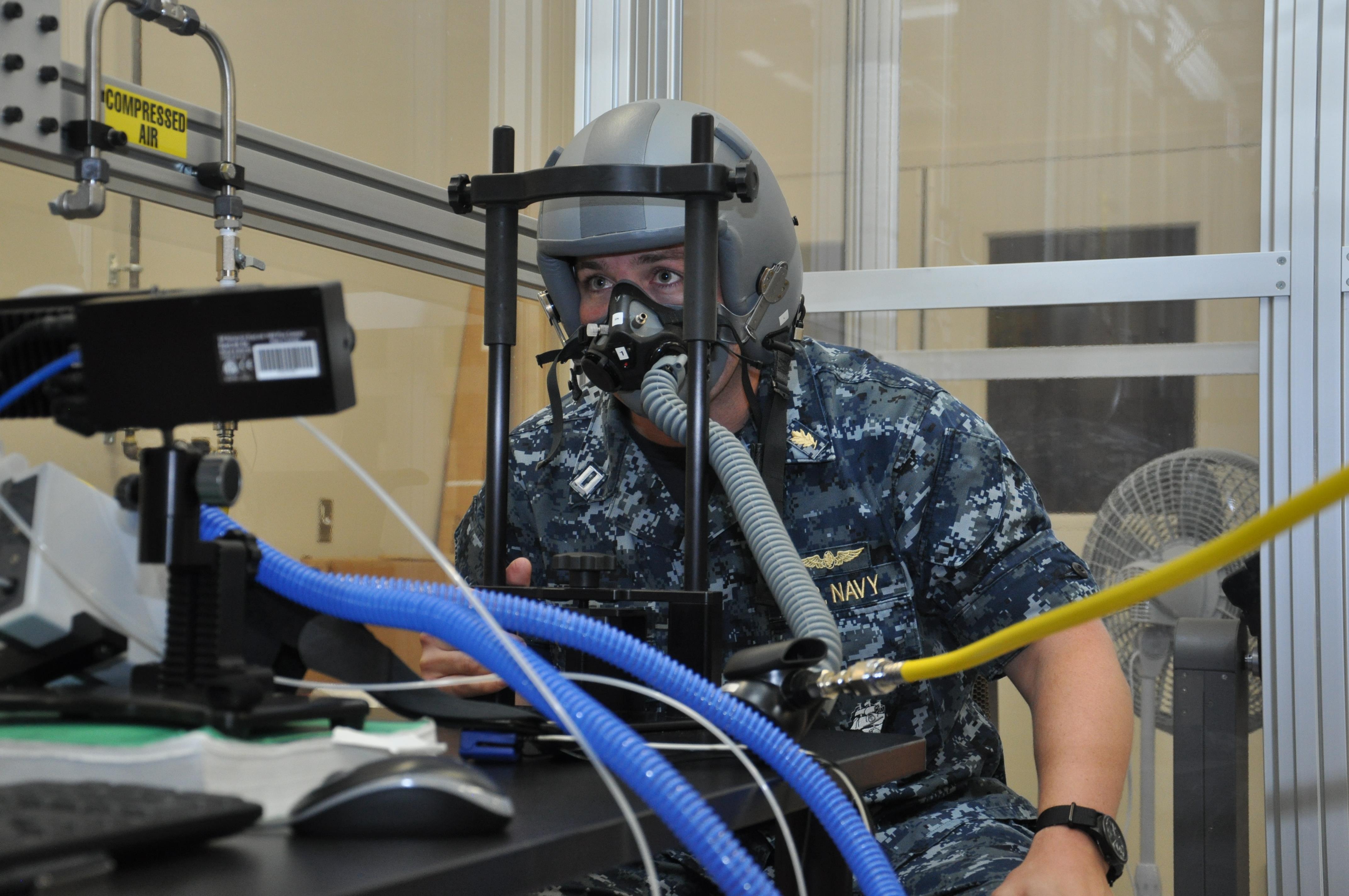Deterrence Strategy Looks Out 20 Years, Furthest Ever
In what Vice Chairman of the Joint Chiefs of Staff Gen. Paul Selva called a “unique” approach to the nuclear posture review, this time it will ensure “we maintain our nuclear deterrent a safe, secure, and reliable part of our weapons systems inventory” and will be “tailored” to the requirements of current and emerging 21st century threats over 20 years into the future. “This will be the first time that we have projected the threat out beyond the current administration and provided advice to a sitting President on how we should tailor our nuclear enterprise and our ballistic missile defense enterprise to ensure the defense of the nation,” he said. Read the full story from Gideon Grudo.
The Four Nuclear Horsemen
The four countries currently posing, or projected to pose, a nuclear threat to the US are China, Russia, North Korea, and Iran, Selva said, who broke down some of the threats each of the countries pose to the US now and possibly in the future. Read the full story from Gideon Grudo.
USAF Must Emphasize Young Talent in Nuclear Community
Two things struck Selva during a recent, 13-stop tour of the military’s nuclear facilities: “One is the age of the infrastructure and the second is the age of the expertise,” he said. This doesn’t reflect on “the crew that man, guard, and maintain the systems,” Selva said, but looking at the “demographics” of the national labs, the people that actually do the “critical thinking about the security, safety, and reliability of our nuclear stockpile, most of them are my age.” Selva said he took particular notice of a technician taking apart a primer from a nuclear device, allowing the military to recycle it and use it in a new device. Such a move was “smart” and “took a lot of skill,” and goes to show the service must emphasize new and young talent in its recruitment for the effort to replace the current nuclear enterprise and its systems. —Gideon Grudo
Dover C-5 Grounding Partially Lifted
Air Mobility Command on Wednesday cleared five of 18 C-5M Super Galaxies at Dover AFB, Del., to return to flight. The airlifters have been grounded since July 17 due to issues with the landing gear. AMC Commander Gen. Carlton Everhart also ordered a fleet-wide replacement of USAF’s C-5 ball screw assembly parts to prevent further issues, as well as limited kneel operations. “With an aging fleet it is important to take all potential measures to reduce stress on the aircraft,” he said. Read the full story by Brian Everstine.
_

Navy Lt. Todd Seech, an aerospace experimental psychologist with the Naval Aerospace Medical Research Laboratory at Naval Medical Research Unit-Dayton, breathes through an oxygen mask in a reduced breathing environment used to examine the interaction of hypoxia and fatigue effects to determine the likelihood of mishaps. USAF photo by Bryan Ripple.
Navy Unit Joins USAF Human Performance Wing for Hypoxia Research
A Navy research unit has joined the Air Force’s 711th Human Performance Wing to help research what is causing “hypoxia-like” symptoms during flight. The Naval Medical Research Unit-Dayton is working with the wing at Wright-Patterson AFB, Ohio, to solve the problem. USAF F-35 pilots at Luke AFB, Ariz., have experienced physiological episodes during flight and the Navy is dealing with similar instances in its T-45 aircraft, along with some F-18 Hornets. The two agencies are working together to focus on the “most complex aeromedical, environmental health, and human performances challenges” the military faces, according to a Wright-Patterson release. The Navy unit previously worked with the Air Force when the F-22 fleet was suffering hypoxia-like incidents back in 2012. That work included the development of a Real-Time Air Quality Sensor, which is being installed on T-45s and F-18s. — Brian Everstine
State Approves A-29 Sale to Nigeria
The State Department on Thursday approved the sale of 12 A-29 Super Tucano light attack aircraft to Nigeria, a sale valued at $593 million. The deal includes 12 of the Sierra Nevada-produced aircraft, along with weapons and all associated training, spare parts, and support, according to a Defense Security Cooperation Agency announcement. The aircraft will help Nigeria fight groups such as Boko Haram and ISIS in West Africa, along with countering illicit trafficking in the Gulf of Guinea, according to the State Department. The sale means Nigeria will be the latest country to fly the A-29, which sees regular combat operations in Afghanistan. The aircraft is also an entrant in the Air Force’s planned competition for a new close air support aircraft. The State Department notified Congress of the possible sale on Aug. 2. —Brian Everstine
RADAR SWEEP
—Four congressional defense committees have approved the request to reprogram $195 million in previously approved defense funds to be used for the purchase of two mothballed Boeing 747-8i aircraft for the next Air Force. The aircraft are being offered at a discounted price because they were originally ordered by the now-defunct Russian airline Transaero, which went bankrupt in 2015. The jets are not technically “used” since they were never operated in airline service. The aircraft were never in the custody of the Russians: Bloomberg.
—The former CEO of the private military company Blackwater has submitted a business proposal to the Afghan government offering a “turn-key composite air wing” to aide the Afghan Air Force in its fight against extremist organizations: Military Times.
—Experts from the United States and Australia discussed “a range of counterproliferation and strategic trade control challenges” during the sixth annual Counterproliferation Dialogue in Canberra Aug. 2-3: State Department release.
